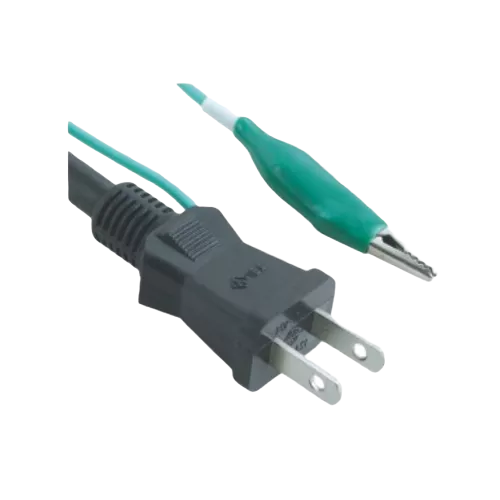Material Selection and Composition: Japanese standard power cords are meticulously crafted using materials chosen for their resilience in challenging environments. The outer jacket typically employs high-grade PVC (Polyvinyl Chloride), thermoplastic elastomers (TPE), or other specialized compounds. These materials are selected for their ability to maintain structural integrity, electrical insulation, and resistance to environmental factors such as moisture and temperature variations.
Water and Moisture Resistance: One of the primary challenges power cords face is exposure to moisture, which can lead to electrical shorts or corrosion. To mitigate these risks, Japanese standard power cords incorporate water-resistant features. This includes employing robust insulation materials that are inherently resistant to water ingress and incorporating sealing techniques at terminations and connectors to prevent moisture penetration. Such measures ensure that the cords remain safe and operational even in humid or damp conditions.
Temperature Endurance: Japanese standard power cords are designed to operate effectively across a broad range of temperatures. This is achieved through careful selection of materials with high-temperature ratings and resistance to thermal degradation. The cords are engineered to maintain flexibility and structural integrity in both hot and cold environments, thereby minimizing the risk of cracking, deformation, or performance degradation due to thermal cycling.
Flexibility and Mechanical Durability: Flexibility is critical for power cords used in environments with temperature fluctuations. Japanese standard cords are engineered with materials and construction techniques that ensure they remain flexible and resistant to fatigue over their operational lifespan. This flexibility not only enhances ease of installation but also reduces the likelihood of mechanical failure or breakage, thereby extending the cords' durability and reliability.
Testing and Compliance: Prior to market release, Japanese standard power cords undergo rigorous testing to validate their performance under diverse environmental conditions. These tests include evaluations for humidity resistance, temperature endurance, mechanical stress, and electrical safety. Compliance with international standards such as Japanese Industrial Standards ensures that the cords meet stringent criteria for reliability, safety, and longevity.
Sealing and Insulation Integrity: Effective sealing of terminations and robust insulation play pivotal roles in enhancing the resilience of Japanese standard power cords. Sealed connectors and encapsulated terminations prevent moisture ingress, safeguarding internal electrical components from corrosion and maintaining electrical continuity. High-quality insulation materials not only provide superior electrical insulation but also contribute to the overall mechanical strength and durability of the cords.
Application-Specific Features: Depending on their intended application, Japanese standard power cords may incorporate additional features to enhance performance in specific environments. For instance, cords designed for outdoor use or industrial applications may feature UV-resistant jackets to withstand prolonged exposure to sunlight. Similarly, cords used in corrosive environments might utilize chemically resistant coatings or materials to protect against chemical exposure and degradation.
J3-7/12/15 Japanese standard power cord



 English
English عربى
عربى











